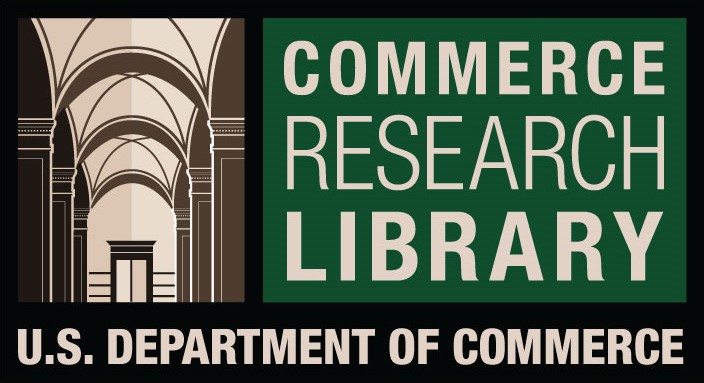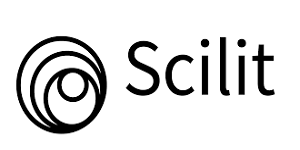CENTRAL NERVOUS SYSTEM NEOPLASMS IDENTIFICATION IN BASRAH
DOI:
https://doi.org/10.61841/gd8skw60Keywords:
Central nervous system, Neuroglial cells, Glial cells, Neurons, GliomasAbstract
The brain, meninges, and spinal cord compose the central nervous system and are made up of specialized neuron cells. They are sites for the transmission and storage of information. When exposed to any lesions lead to a significant proportion of mortality and morbidity. Those lesions are anatomical lesions and severely affect the inner body systems and their function and most of the patients were unaware until the stages progress and may become fatal. The present study aimed to determine the central nervous system neoplasms in Basrah. Retrospectively collected data of 92 cases proved to have brain tumors by histopathological examination from private, inpatients, and outpatients clinics during five years. Both sexes enrolled (56 males and 36 females), and their ages are ranging from (5-81 years). The data collected include sex, gender, chief complaint, surgery, histopathology, site of malignancy, and treatment protocols. The results showed that males (60.87%) were more prevalent than females (39.13%). Approximately, group 41-60 years was the common group affected (39, 42.4%). Always, most patients complained of headache in 86(93.48%). The majority of cases underwent incisional biopsies (51, 55.44%). About 13(14.13%) of patients operated on seemly with gross total resection, whereas 28(30.43%) have a subtotal resection. Low-grade gliomas were common pathology in 25%, while high grade gliomas, i.e. GBM in 13% and anaplastic gliomas in 15.2%. We found meningioma in 15.2%. The parietal lobe was the common site occupied by gliomas in (38%). Surgery was the mainstay in this study, in addition to it, RT performed in 33.69%, CCRT in 26%, and CCRT plus maintenance MTZ in 24%. Otherwise, 15(16.31%) of cases were managed with radical RT. In conclusion, frequently male with middle age is more affected than female. Headache is a common alarm for CNS tumors in our country. High-grade and advanced gliomas are common in our nationality. Surgical resection followed by CCRT or RT is the better way to get a good outcome.
Downloads
References
1. Lebrun C, Fontaine D, Ramaioli A, Vandenbos F, Chanalet S, Lonjon M, Michiels
J F, Bourg V, Paquis P, Chatel M, Frenay M. Long-term outcome of
oligodendrogliomas. Neurology. 2004; 62: 1783-1787.
2. Löbel U, Ellison DW, Shulkin BL, Patay Z. Infiltrative cerebellar ganglioglioma:
conventional and advanced MRI, proton MR spectroscopic, and FDG PET
findings in an 18-month-old child. Clin Radiol. 2011;66(2):194-201.
3. Hema NA, Ravindra RS, Karnappa AS. Morphological Patterns of Intracranial
Lesions in a Tertiary Care Hospital in North Karnataka: A Clinicopathological
and Immunohistochemical Study. J Clin Diagn Res. 2016;10(8):EC01-EC5.
4. Chang AE, Ganz PA, Hayes DF, Kinsella T, Pass HI, et al. Oncology, an
evidence-based approach. Springer. 2006; 487-488.
5. Arora RS, Alston RD, Eden TO, Estlin EJ, Moran A, et al. Age incidence patterns
of primary CNS tumors in children, adolescents, and adults in England, Royal
Manchester Children’s Hospital. Neuro Oncol. 2008; 11: 403-413.
6. Tekautz TM, Fuller CE, Blaney S, Fouladi M, Broniscer A, Merchant TE, Krasin
M, Dalton J, Hale G, Kun LE, Wallace D, Gilbertson RJ, Gajjar A. Atypical
teratoid/rhabdoid tumors (ATRT): improved survival in children 3 years of age
and older with radiation therapy and high-dose alkylator-based chemotherapy. J
Clin Oncol. 2005;23(7):1491-9.
7. Lagerwaard FJ, Levendag PC, Nowak PJ, Eijkenboom WM, Hanssens PE,
Schmitz PI. Identification of prognostic factors in patients with brain metastases: a
review of 1292 patients. Int J Radiat Oncol Biol Phys. 1999 ;43(4):795-803.
8. Pria VSL, Priadhrisini J. CENTRAL NERVOUS SYSTEM NEOPLASMS
IDENTIFIED BY HISTOPATHOLOGICAL. UTTAR PRADESH JOURNAL OF
ZOOLOGY, 2021;42(24), 159-164.
9. Andrews NB, Ramesh R, Odjidja T. A preliminary survey of central nervous
system tumors in Tema, Ghana. West Afr J Med. 2003 Jun;22(2):167-72.
10. Alkonyi B, Nowak J, Gnekow AK, Pietsch T, Warmuth-Metz M. Differential
imaging characteristics and dissemination potential of pilomyxoid astrocytomas
versus pilocytic astrocytomas. Neuroradiology. 2015 Jun;57(6):625-38.
11. Saeed HR, Al-Rawaq KJ, Ibrahim MF. Retrospective study of central nervous
system tumors in the five wars country. Brain and Nerve. 2019;4:1-3.
12. Lee CH, Jung KW, Yoo H, Park S, Lee SH. Epidemiology of primary brain and
central nervous system tumors in Korea. J Korean Neurosurg Soc.
2010;48(2):145-152.
13. Herholz K, Langen KJ, Schiepers C, Mountz JM. Brain tumor. Semin Nucl Med
2012; 42(6):p356–370.
14. Louis DN, Ohgaki H, Wiestler OD. The 2007 WHO classification of tumors of the
central nervous system. Acta Neuropathol, 2007;114:97–109.
15. Ito U, Baethmann A, Hossmann KA. The use of diffusion-weighted MRI to
localize tumors without contrast enhancement in glioma, Schwannoma and
neuroblastoma. 2012. Available at
https://books.google.iq/books?isbn=3709193346
16. Baehring JM, Fulbright RK. Diffusion-weighted MRI in neuro-oncology. CNS
Oncol. 2012 Nov;1(2):155-67.
17. American Brain Tumor Association. 2022. web site http://www.abta.org/braintumor-treatment/treatments/surgery.html?referrer=https://www.google.iq/
18. Alturki A, Gagnon B, Petrecca K, Scott SC, Nadeau L, Mayo N. Patterns of care
at end of life for people with primary intracranial tumors: lessons learned. J
Neurooncol. 2014 Mar;117(1):103-15.
19. National Comprehensive Cancer Network (NCCN), web site,
www.nccn.org/professionals /physician_gls/PDF/cns.pdf. Accessed Oct 2022
Downloads
Published
Issue
Section
License
You are free to:
- Share — copy and redistribute the material in any medium or format for any purpose, even commercially.
- Adapt — remix, transform, and build upon the material for any purpose, even commercially.
- The licensor cannot revoke these freedoms as long as you follow the license terms.
Under the following terms:
- Attribution — You must give appropriate credit , provide a link to the license, and indicate if changes were made . You may do so in any reasonable manner, but not in any way that suggests the licensor endorses you or your use.
- No additional restrictions — You may not apply legal terms or technological measures that legally restrict others from doing anything the license permits.
Notices:
You do not have to comply with the license for elements of the material in the public domain or where your use is permitted by an applicable exception or limitation .
No warranties are given. The license may not give you all of the permissions necessary for your intended use. For example, other rights such as publicity, privacy, or moral rights may limit how you use the material.












